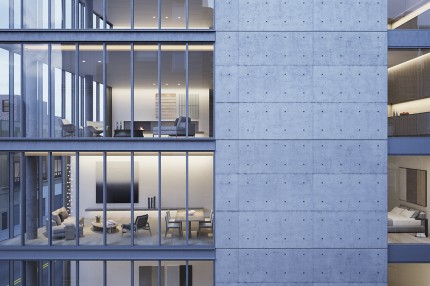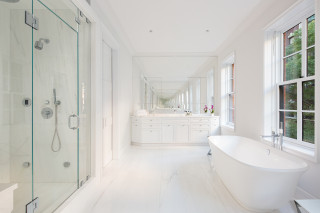 Posted by Leonard Steinberg, president of Compass, on March 21st, 2015
Posted by Leonard Steinberg, president of Compass, on March 21st, 2015
New Yorkers like to think of themselves as innovative, individualistic and original: unfortunately many of them often follow trends like a herd of sheep. An article in this weekends Wall Street Journal showcases how a world once possessed by owning an Hermes Kelly bag, now confronted with the reality that THOUSANDS own this same bag that costs $10,000+, is turning towards something more individualized and less obviously excessive: Carrie-Bradshaw-think appears to be fading.
I see a similar trend emerging in New York real estate. Granted there will always be a market for the most fashionable building of the moment, but buyers of previous ‘of-the-moment’ buildings are learning the cost of fashion in real estate. Unless the attributes and features of a building are truly substantive, the cosmetics can fade fast. There are buildings that were once ‘it’ buildings rather recently that already look rather tired. I shudder how those poor buyers were conned into believing what they were buying was so great when in actuality they were buying something rather ordinary.
Today I am seeing a new trend where wealthy, educated buyers are looking for more than just a trend or moment. The mass production of an ‘it-product’ automatically diminishes its value in my humble opinion. Formulaic design has its limits. A home should allow for individuality and self expression. Too many properties are either dull and repetitive or dictatorial in design. This is changing. We will soon be launching a building at 152 Elizabeth Street in Nolita designed by master architect Tadao Ando with interiors by Gabellini Sheppard that speaks to this subject beautifully. In a sea of sameness, creating a product that is very difficult, if not impossible, to reproduce, let alone mass-produce, is a challenge, but if properly delivered becomes an instant collectors item.
‘It-buildings’ are great up to a certain price-point, but when the majority of people are spending a huge percentage of their net worth on a home, asking them to believe in fashionable of-the-moment possibly-soon-to-be-out-of-style real estate is somewhat dangerous from an investment perspective. Lets see what this next round of New York buildings can produce to see if it mimics a trend thats already happening in a much more affordable market….fashion.
